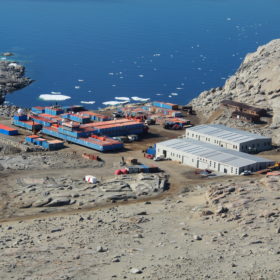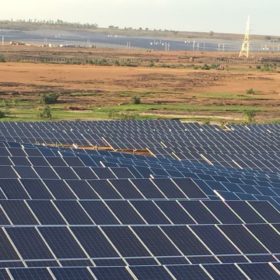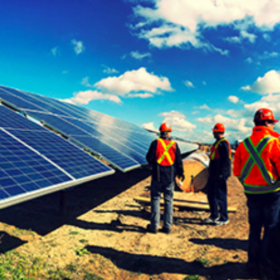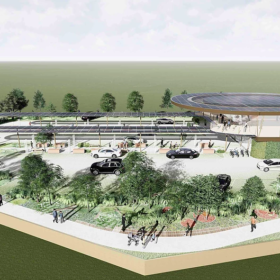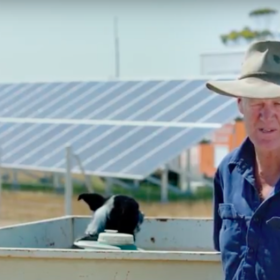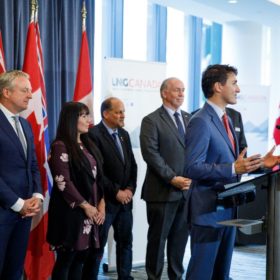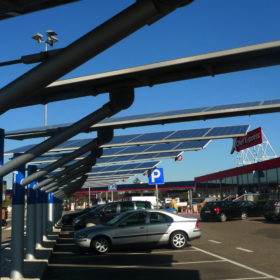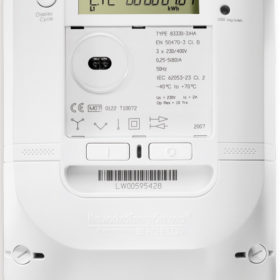Using conventional modules at 40 degrees below zero
A 65 kW installation relying on 250 monocrystalline panels of 250 W each is providing energy at the Zucchelli Station, Italy’s permanent Antarctic base on Terra Nova Bay.
New billing method and PV+storage for allday energy supply on Philippine island
No more than four hours per day, did the 160 households enjoy energy supply. This has had negative impacts on the economic development of the islands. With support from the ADB, the island inhabitants now have 24h supply of clean energy, and new billing methods that suit the economic realities of poorer households.
Global surge to offset potential solar slowdown in China — IHS Markit
The global PV market will probably grow by as much as 25% in 2019, after sagging to a double-digit rate of expansion last year, with annual capacity additions likely to hit 129 GW, IHS Markit says in a new report.
Will India’s RE push kill the critically endangered great Indian bustard?
Amid the hubbub surrounding India’s renewable energy ambitions, few people have likely heard the last wails of a critically endangered great Indian bustard as it chars to death on a power transmission line or fatally collides with a wind turbine.
OPG finishes 44 MW of solar in Ontario
Ontario Power Generation (OPG) has completed the Nanticoke solar project on schedule and according to budget. The array has been built at the former Nanticoke Generating Station site, on the shores of Lake Erie near the town of Port Dover.
Gridserve to build PV-powered, battery-backed EV charging stations
Gridserve has revealed plans to install more than 100 electric-vehicle charging stations throughout the U.K. It will start building the first of these facilities later this year, backed by a £1 billion ($1.7 billion) investment.
Australian government unveils $35.7m pot to power remote communities
Australia’s Coalition government has announced funding to support up to 50 off-grid and fringe-of-grid feasibility studies that will investigate whether building a microgrid is cost-effective and whether existing off-grid capabilities can be upgraded with more up-to-date technology.
Canada’s new budget plan eyes efficiency, EVs and community energy
The new budget looks to lower the cost of energy for households by turning to distributed energy, energy efficiency and community energy programs. To this end, several billion Canadian dollars will be spent.
The influences driving solar carports
pv magazine’s Charles Thurston has written about the potential of solar carports in this month’s, hot-off-the-presses edition of the magazine. As a taster, here’s a few extra points on the topic that came in too late for the print deadline.
Smart meters set to disrupt the arch disrupter solar
In both Belgium and Chile, the planned mandatory installation of smart meters is raising concerns among consumers, residential PV system owners and the solar industry. Although seen as a positive, the early stages of smart meter deployment create issues related to the calculation of net metering tariffs and the management and ownership of consumption data, as well as additional costs for consumers.
